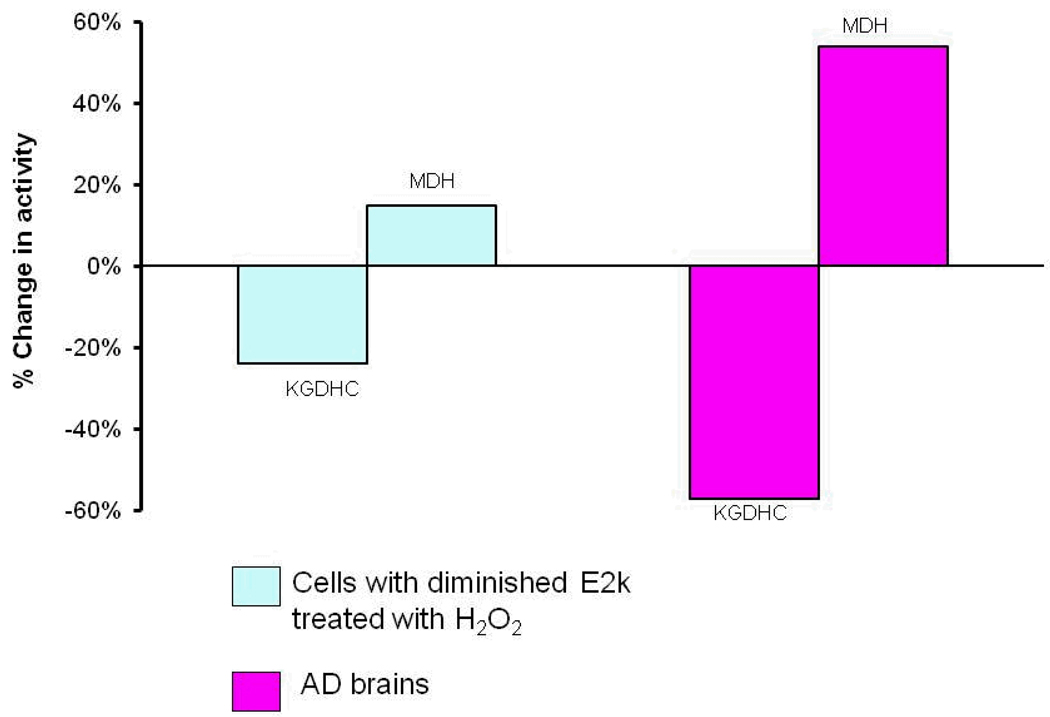Figure 2. Oxidant treatment can induce diverse changes in metabolic enzymes that resemble the changes in AD brain [80, 136].
Cells with a reduction in one of the three subunits of KGDHC (E2k) were treated with H2O2 (See the left half of the figure). KGDHC activity declined while MDH activity increased, which is reminiscent of what happens in AD brains (right half of the figure). Message levels show a similar response to oxidants.

